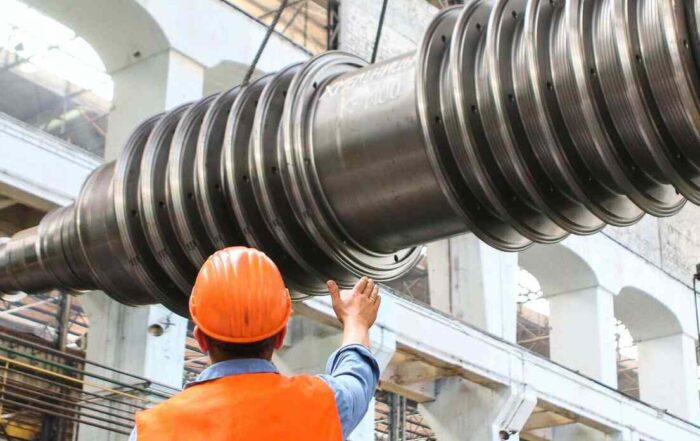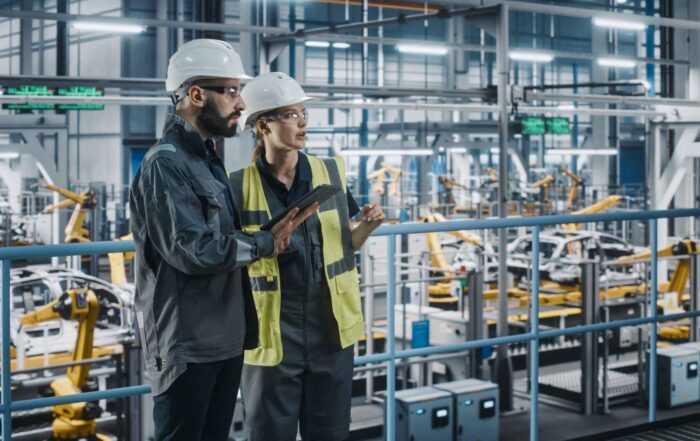Reliability centered maintenance (RCM) is a methodology that aims to maintain system functionality using cost-effective maintenance strategies. Preventative maintenance (PM) is often used interchangeably with RCM, however the key difference between the two is RCM aims to be efficient and minimize costs by being selective in its application. A RCM maintenance program is cost-effective because it identifies system functions and associated assets most critical for a system to achieve its business objectives. Essential assets are targeted, their failure modes identified, and effective maintenance strategies adopted to improve the reliability of the system as a whole.
Instead of a single strategy, reliability centered maintenance is the optimal combination of reactive, predictive, condition-based, and proactive maintenance. The advantage comes not from using these maintenance strategies independently, but by integrating them based on asset Criticality and Failure Modes. Smaller assets that are non-critical are replaced with reactive maintenance while assets with random failure patterns or PM induced failures are maintained with condition-based maintenance. This piecemeal approach applied on a per asset basis minimizes life-cycle costs.
RCM assessment criteria
Implementing RCM
Implementing a reliability centered maintenance program begins by taking the seven questions asked during the RCM assessment and categorizing them into three phases. These phases are: prioritization, evaluation, and results.
Prioritization Phase
The first phase determines priority and targets equipment with the highest probability of failure or largest consequences of failure. Deciding asset criticality and defining what equipment performs crucial system functions is the focus of phase one.
Analysis Phase
Phase two consists of conducting the RCM study and can be broken down into three parts. First, functional failures need to be identified and defined. Next, effects of the failures are evaluated. How does this failure affect the overall system or safety? The final step is identifying failure modes. Often, FMEA will be used to uncover failure modes.
Results Phase
After prioritizing and analyzing, the final phase is acting on the information acquired. This stage focuses on identifying areas for improvement and updating maintenance tasks or asset design. Actions can include preventative maintenance techniques to mitigate risk of failure or proactively preventing failures.
Conclusion: Why you should consider RCM solutions
The biggest benefit of a RCM program is cost reduction through efficient maintenance techniques. Companies that successfully implement RCM see reduced maintenance and resource costs as well as increases in equipment availability. Because criticality is determined through FMEA, a greater understanding of risk levels and consequences are established and limited resources can then be focused on assets that if failed, would cause the most disruption.
The results of RCM services has very real consequences for a business’ bottom line. In their book, Maintenance, Replacement, and Reliability: Theory and Applications, Jardine and Tsang found that implementing RCM saved a utility company up to 40 percent on maintenance costs. An effective RCM program isn’t achieved overnight and requires strategic planning and industry expertise.
📰 Download free eBook – How to use Reliability Centered Maintenance (RCM) to drive your bottom line
Get inspired
Introductory article on RCM, the assessment criteria and the implementation process.
Join Justin Satink in our "Asset Performance" webinar. Uncover MaxGrip's global assessment insights, benchmark results, and a real-world case study. 26th September, 9 am CT | 4 pm CEST. Don't miss it!
In 2030, asset management will be reshaped by AI, emphasizing predictive maintenance. This evolution signifies a commitment to digital innovation and environmental consciousness, adapting to global technological trends for improved efficiency and sustainability.





